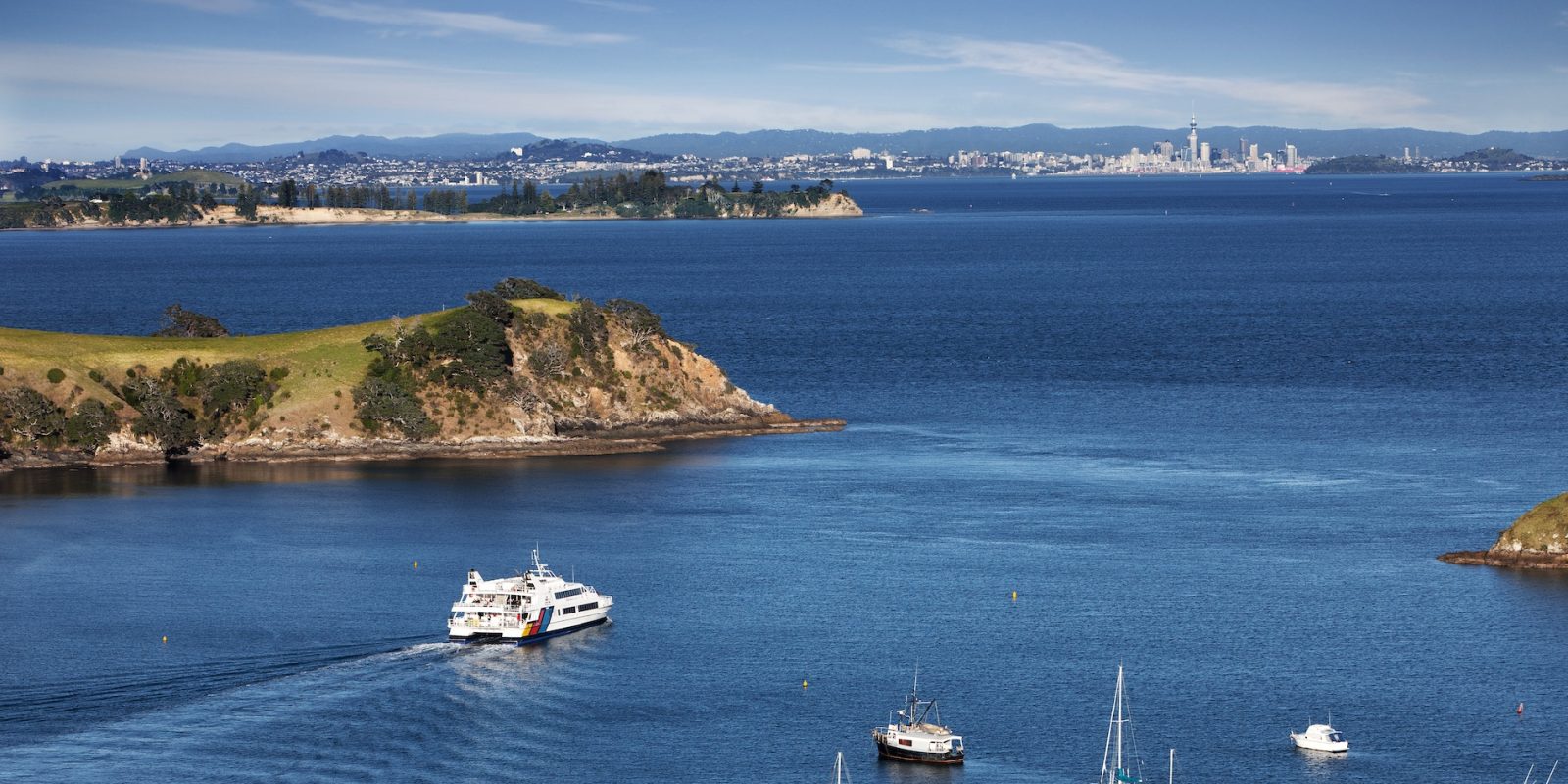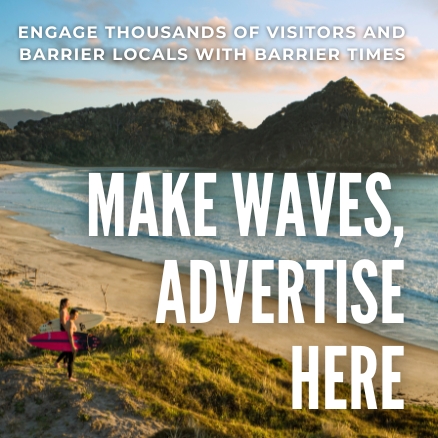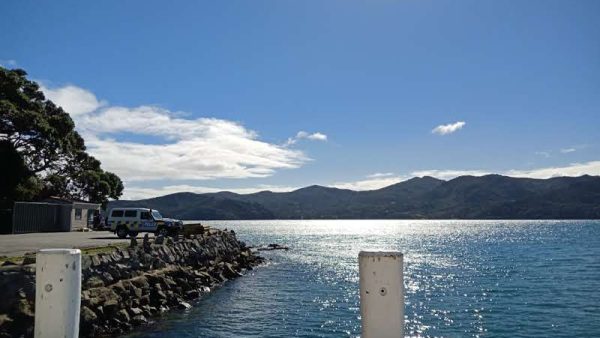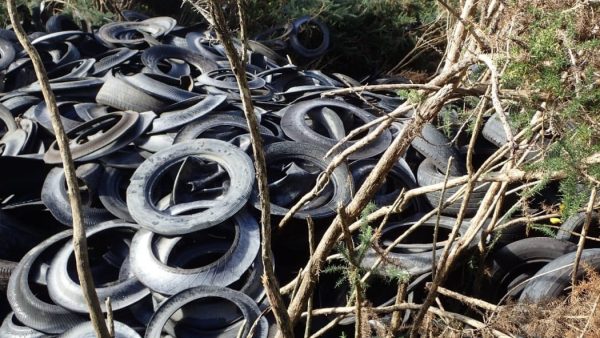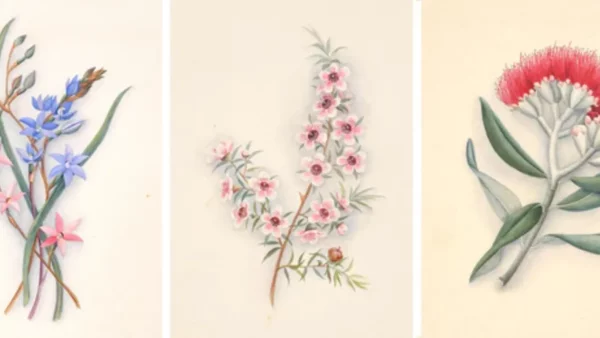Legislation expanding marine protection across the Hauraki Gulf has passed its third and final reading in Parliament, despite criticism over a last-minute exemption allowing commercial ring-net fishing in some of the new restricted zones.
The Hauraki Gulf Tīkapa Moana Marine Protection Bill increases the area under formal protection after years of pressure to address declining fish stocks and seabed damage. It extends two existing no-take marine reserves, creates five new seafloor protection areas, and establishes 12 high protection areas where most commercial and recreational fishing will be banned.
The most contentious element is a late amendment granting ring-net operators access to two of the high protection areas — a change that opposition MPs said undermined the legislation’s intent but which the Government defended as limited and practical.
Environment Minister Tama Potaka said the bill marked “a bold new era of marine protection for one of the country’s most majestic seascapes.”
“For years, communities and people across the political divide have despaired at the effects of the Gulf’s long-standing ecological decline leading to desolate kina barrens and habitat loss,” he said. “Today, National has delivered the biggest new marine protection area in more than a decade for Aotearoa New Zealand. We’ve taken a once-in-a-generation step to turn around the health of the gulf by nearly tripling marine protection and creating 19 new protection areas.”
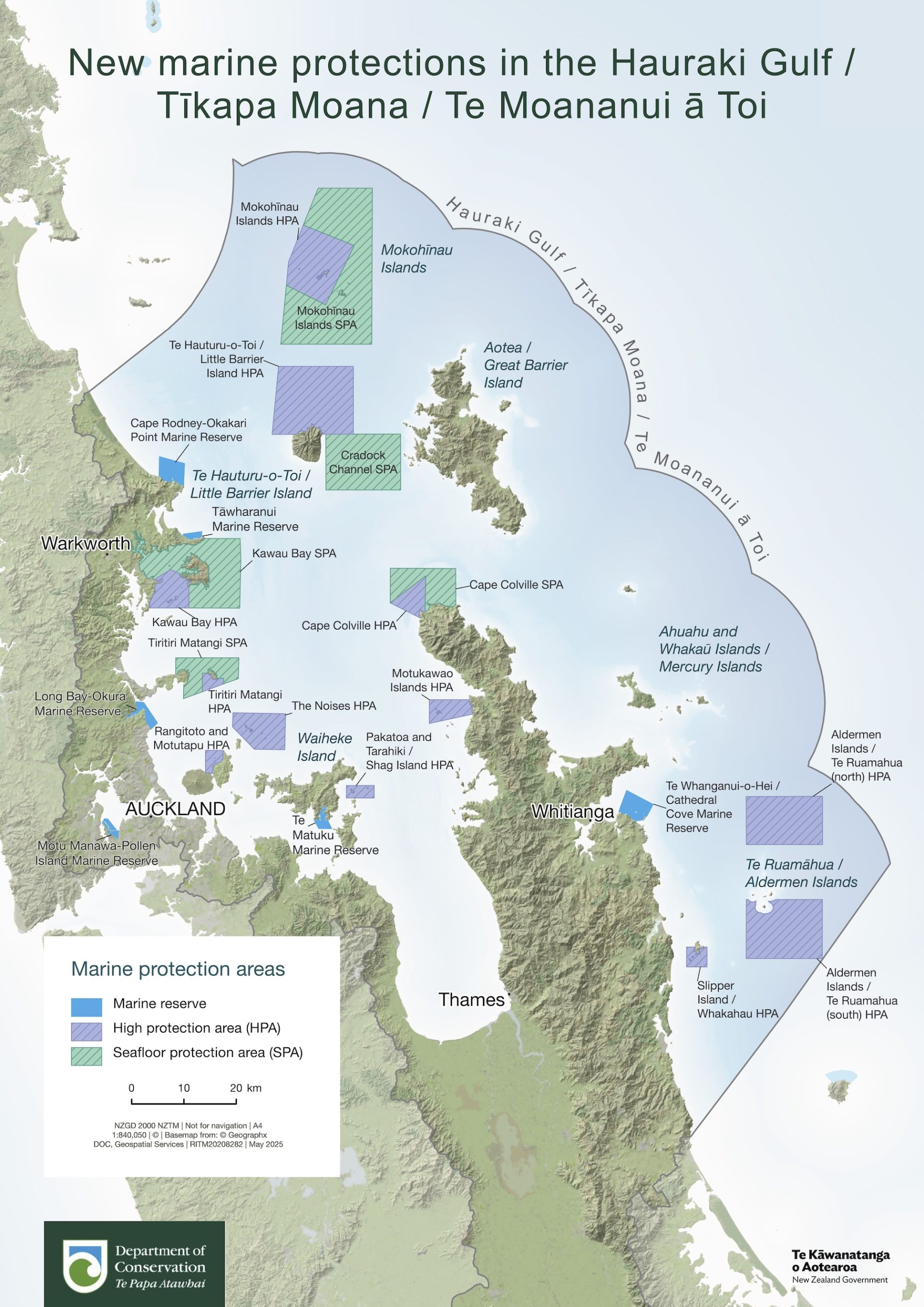
Potaka said the public could expect to see tāmure (snapper) and kōura (rock lobster) stocks rebuild over time, along with healthier kelp forests and seabird colonies. He said ring-netting would be allowed in only three percent of the 800 square kilometres covered by high protection areas and would be reviewed after three years.
“Overall, the legislation ensures we balance the needs of communities, the environment and the economy,” he said.
Labour’s Priyanca Radhakrishnan said her party would reverse the exemption if re-elected.
“Despite the environment select committee unanimously recommending to this house that the bill be passed with no substantive change, at the 11th hour, because of some active lobbying of the Minister of Oceans and Fisheries, we saw this government cave to that pressure and they have chosen to water down the protections in the original bill,” she said. “Labour, in government, will reverse the change that allows ring-net fishing in those HPAs.”
Auckland Central MP Chlöe Swarbrick also criticised the decision, saying the justification for the carve-out was “abject ridiculousness,” while ACT’s Simon Court described the bill as a fair balance between protection and continued fishing access.
“It makes sense that local commercial vessels can continue to fish in a sustainable way under the fisheries regulations and supply the people with good quality and affordable food,” Court said.
New Zealand First’s Jenny Marcroft supported the legislation but highlighted ongoing wastewater discharges into the gulf. “If I just go back a few months to the 11 May, 64 beaches were either black or red flagged for waste contamination. Now, if we want to protect the gulf and all in this house want to do that, we need to call out what Watercare is doing because they are spilling into our beautiful harbour. Absolutely, totally unacceptable.”
Te Pāti Māori’s Hana-Rāwhiti Maipi Clarke said the party’s proposed amendments requiring mana whenua consultation on permit applications were rejected. “Our amendments were designed to ensure mana whenua have input into these applications for permits… and the need to ensure that new breaches of Te Tiriti o Waitangi do not occur against iwi of Hauraki and Tīkapa Moana.”
While the new protected zones are concentrated around the inner gulf and Coromandel Peninsula, the law also applies to the wider Hauraki Gulf Marine Park, which includes the waters around Aotea / Great Barrier Island. The island’s local board has supported stronger protection measures, particularly around crayfish.
The legislation will come into force before the end of the year. The Department of Conservation has already deployed marine rangers to patrol, educate, and monitor compliance, with further investment funded through the International Visitor Levy to follow.


